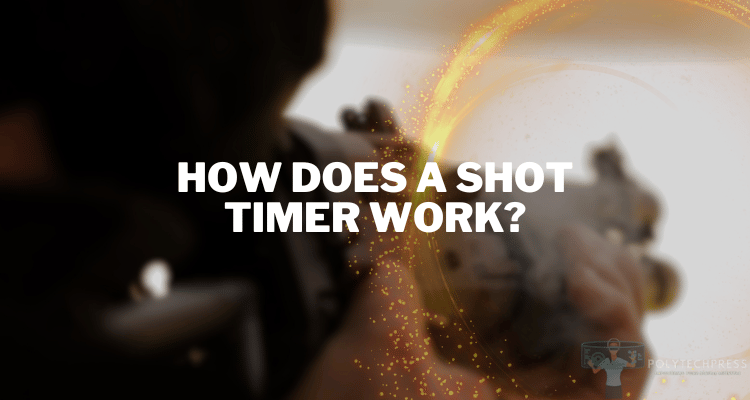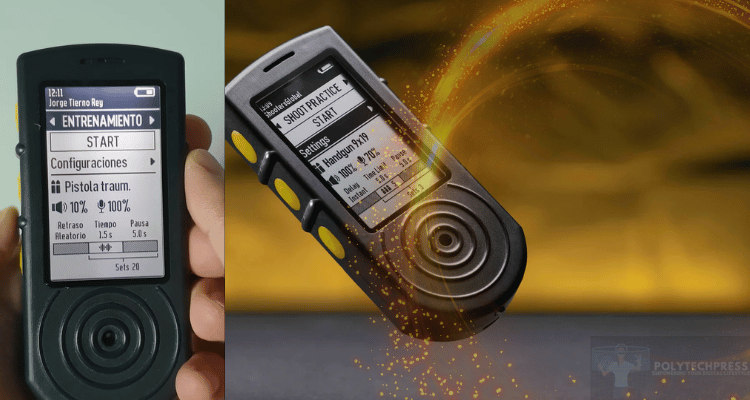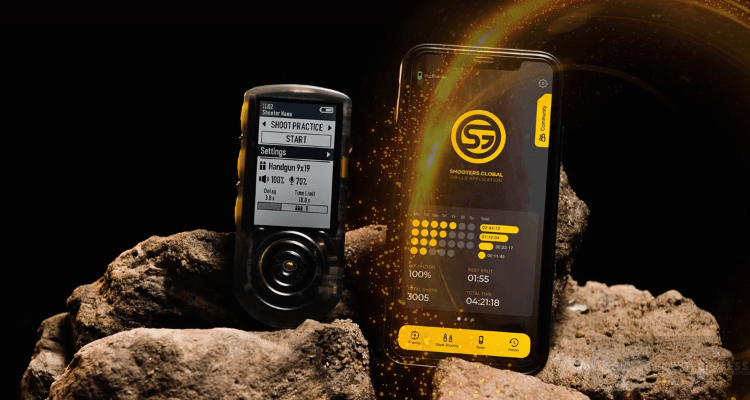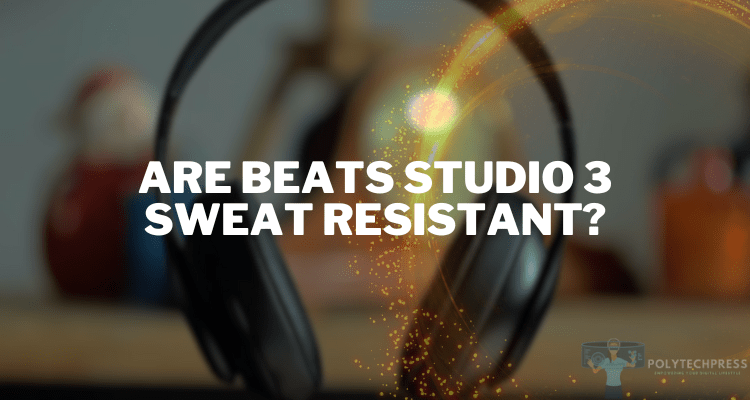How Does a Shot Timer Work?
If you decide to improve your skills with firearms or take your training to the next level, then a shot timer is a suitable device for these purposes. It is these compact devices that make it possible to measure the time it takes a shooter to fire a series of shots. This timer will provide feedback so that you can measure the speed and accuracy of your reaction, and subsequently improve it. If you are wondering how the shot timer works, then the PolyTechPress team will answer this question.
The Basics of a Shot Timer

A shot timer is a specialized device designed to precisely measure the time elapsed between the sound of a gunshot and the subsequent shots fired by a shooter. These tools are widely used in competitive shooting events, law enforcement training, and personal defense preparation, allowing shooters to track and analyze their performance under timed conditions.
At the heart of a shot timer is a sensitive microphone that is capable of detecting the distinct sound signature of a gunshot. This microphone is paired with a digital display that shows the time intervals between each shot, as well as various control buttons that allow the user to navigate through different modes of operation.
How Shot Timers Work: Detailed Info
When a shot is fired, the microphone on the shot timer immediately registers the sound. The timer’s internal software then calculates the elapsed time from the initial shot to the subsequent shots, displaying the results on the digital readout.
This process happens in a matter of milliseconds, providing the shooter with real-time feedback on their shooting speed and rhythm.
Modes of Operation
Most shot timers offer a range of operating modes to suit the shooter’s specific needs. These modes may include:
- Instant Mode: This mode starts the timer as soon as the first shot is detected, allowing the shooter to focus on their speed and reaction time.
- Random Start Mode: In this mode, the timer will wait for a random interval before starting, simulating the unpredictability of real-world scenarios.
- Par Time Mode: This mode sets a predetermined time limit, challenging the shooter to fire a certain number of shots within that time frame.
- Shot Review Mode: This feature allows the shooter to review the time intervals between each shot, providing valuable feedback for improving their technique.
Setting Up and Using

Setting up a shot timer for the first time is a straightforward process. Users will need to install batteries, adjust the various settings (such as volume, sensitivity, and display brightness), and familiarize themselves with the timer’s interface and control buttons.
Practical Usage Tips
To get the most out of a shot timer during practice sessions, shooters should position the device in a location that optimizes its ability to accurately detect the sound of gunfire. Additionally, it’s important to interpret the data provided by the timer, using the feedback to identify areas for improvement and track progress over time.
Choosing the Suitable Shot Timer
When selecting a shot timer, shooters should consider a variety of features, including durability, ease of use, accuracy, and additional functionalities such as Bluetooth connectivity or integration with mobile apps. Choosing a shot timer that best fits their specific needs and budget is crucial for maximizing the benefits of this valuable training tool. For example, SG Shot Timer with U-Grip has proven itself well among experienced shooters.
For shooters looking to purchase a shot timer, it’s important to research and compare various models to find the one that best suits their skill level, training requirements, and budget. Consulting with experienced shooters or reading reviews from reputable sources can provide valuable insights and help guide the decision-making process.
Advantages of Using

Regular use of a shot timer can have a significant impact on a shooter’s performance, helping them to improve their reaction times, shooting speed, and accuracy under pressure. By providing immediate feedback and quantifiable data, the shot timer allows shooters to pinpoint areas of weakness and focus their training efforts accordingly.
The instant auditory feedback and recorded time intervals provided by a shot timer are invaluable for helping shooters understand their current level of performance and track their progress over time. This data can be used to set goals, measure improvement, and identify areas that require further refinement.
Conclusion
Understanding how a shot timer works is essential for any shooter who wants to improve their performance and gain a competitive edge. By providing immediate feedback, quantifiable data, and the ability to track progress over time, these versatile devices have become an indispensable tool for shooters of all skill levels. Incorporating a shot timer into one’s training regimen can not only enhance shooting skills but also contribute to increased confidence and a greater sense of preparedness, whether in the context of competitive shooting or personal defense.






